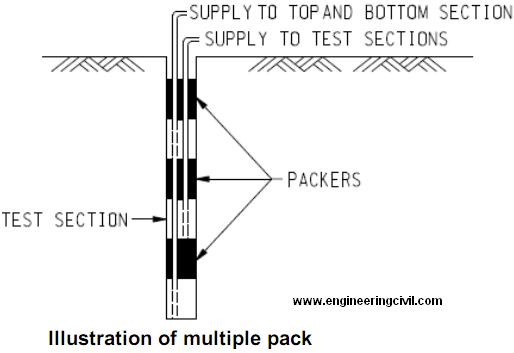Cement we use may go bad during transportation and storage prior to its use in work.We need to test the cement for a good quality and better performance in concrete mixtures. Broadly there are two tests for cement-
- Field Testing
- Laboratory Testing
Field Testing
It is generally done when cement is used for small or minor works. Following are the field tests-
- After opening the bag of cement, we should give a good look, There should not be any visible lumps present in it. Colour of cement should be greenish grey.
- It should give a smooth and gritty feeling when pinch of cement is feel between the fingers.
- If we thrust our hand into the cement bag, it must give a cool feeling.There should not be any lumps inside.
- If we throw some amount of cement into a bucket of water, it should float sometime before sinking.
- A cube made from a stiff paste of 100gm cement and little water is to be put in a glass plate. The glass plate is taken slowly under water in a bucket. The shape of the cube should not be deformed while taking into water. After 24 hours cube should retain its original shape.
If a sample of cement truly satisfies the above tests we may say that the cement is not bad. But the above tests do not really indicate that the cement is really good for important work or big structure. For using cement in important and major structure, it should satisfy the Indian Standard specifications. It is possible only in laboratory testing to confirm the requirements of specified physical and chemical properties.
Read More

